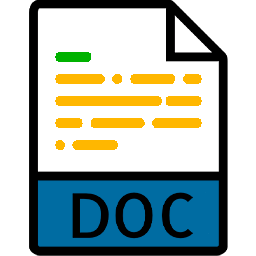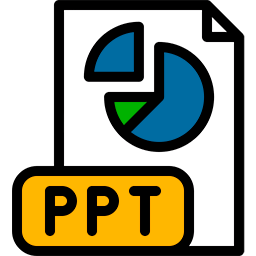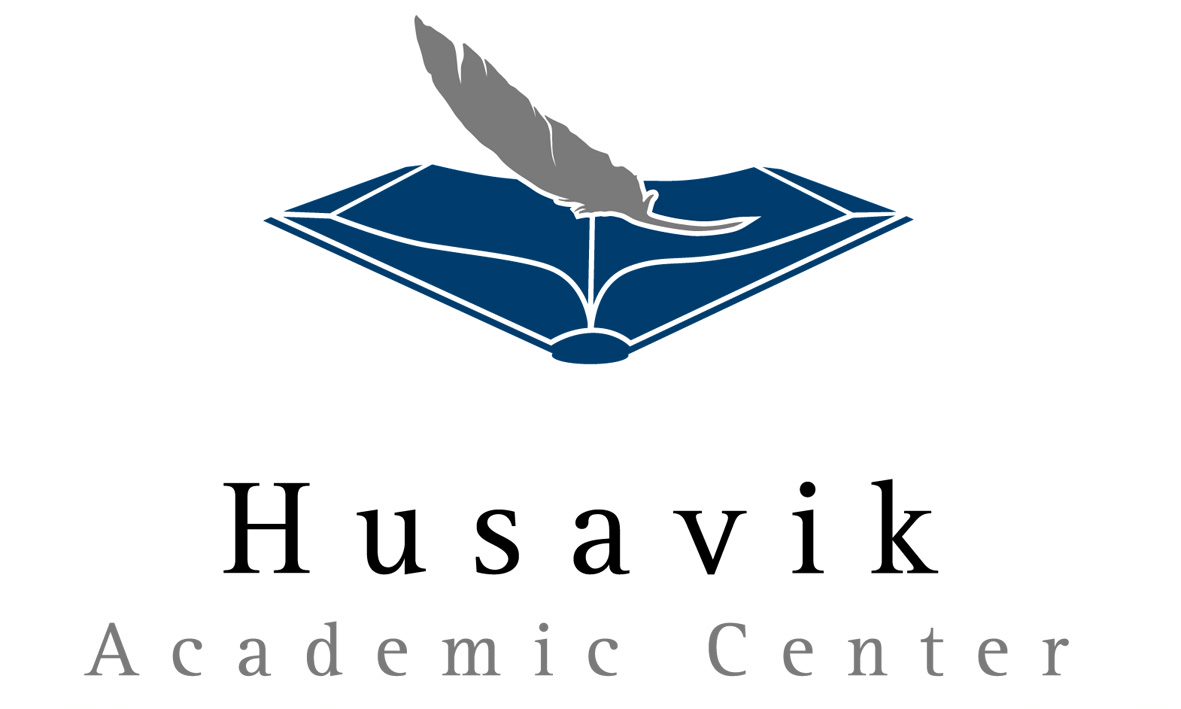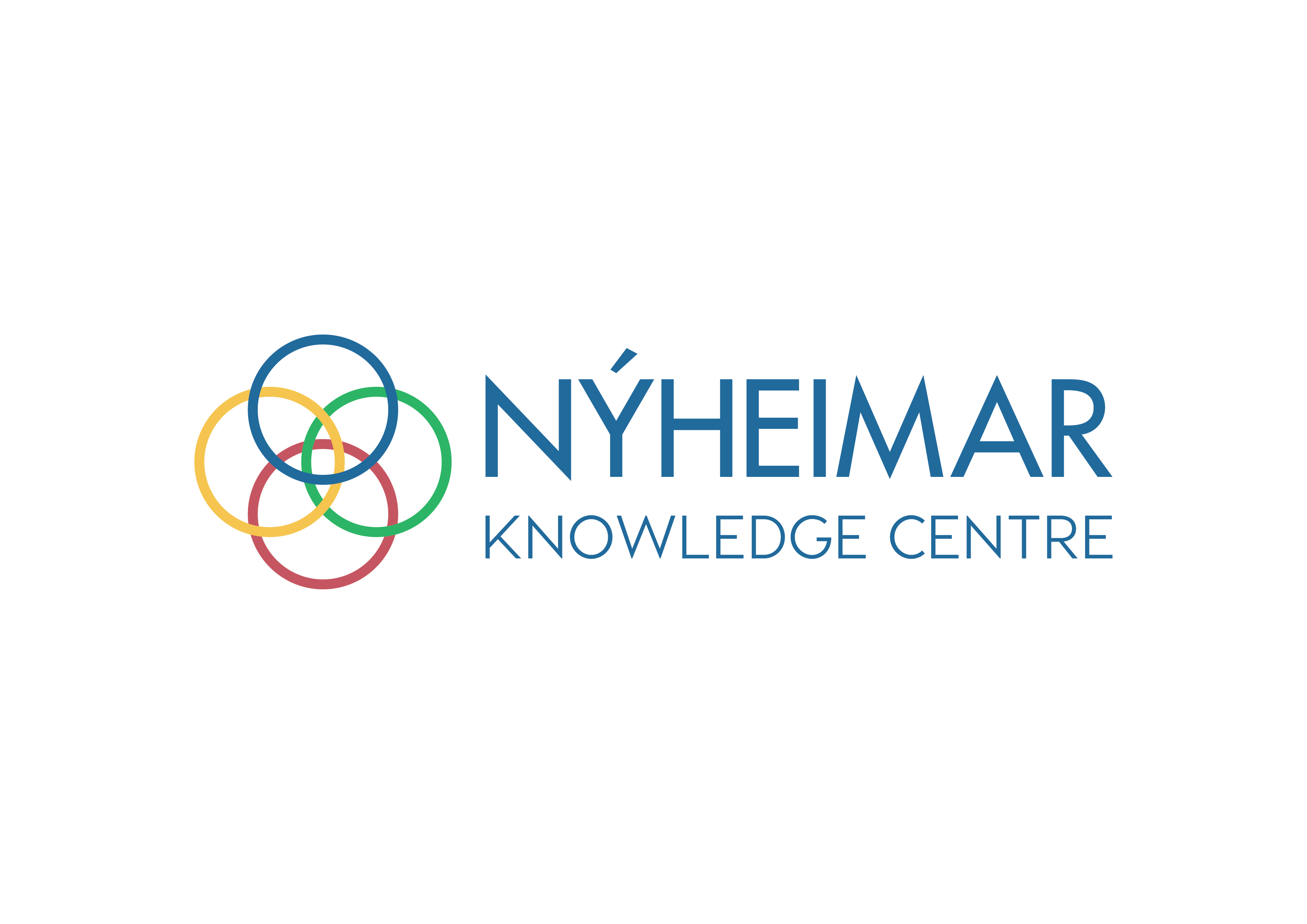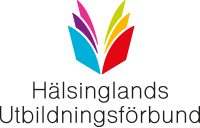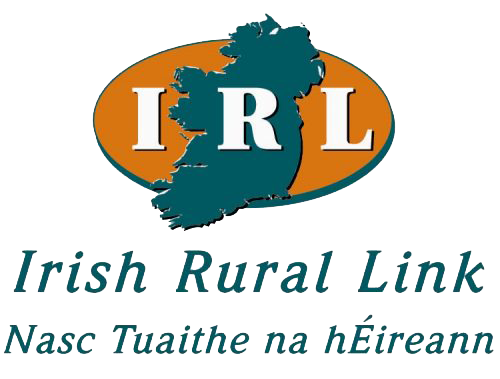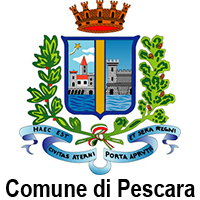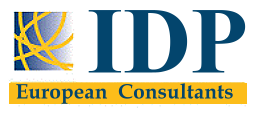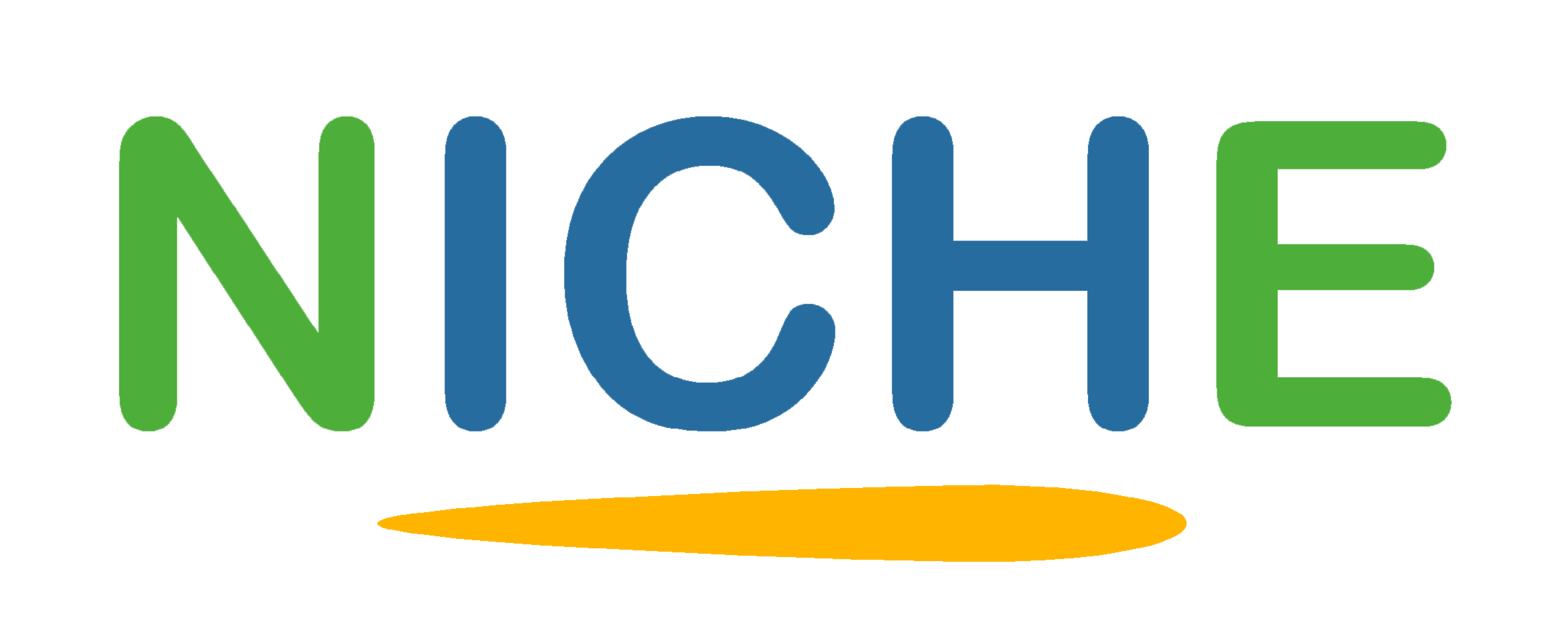
|
|
Goals GoalsClick to read
Identify new ICH Ideas and Opportunities through Community Audit SummaryClick to read
At the end of this unit you will be equipped with the tools to undertake an audit of your local area to help identify ICH ideas and opportunities. Community AuditClick to read
• This section will help communities identify ICH opportunities in their local area.
• Bringing people together in the community will help bring these ideas to fruition.
• This can be done by carrying out an audit of the local community to identify the history, culture, natural and built assets that can be developed as an asset of interest to others.
• The audit should be done collectively as a group and where possible bring in other stakeholders, such as local heritage or cultural officers, tourism officers, historians, storytellers etc.
• The following is a check list of potential assets a community may have that can be exploited for the better good of the community. • Audit - List any important historical or cultural events associated with the area. -List people and assets relating to culture in the area such as music, dance, drama, poetry, literature, storytelling, crafts. - List any festivals, events that currently take place and reflect historical/cultural associations with the community. - List well-known people associated with the area. - What natural assets are in the area – these can include lakes, rivers, woodlands, forests, peatlands, wetlands, mountains, walking trails, cycle trails. - What buildings, monuments, historical homes, gardens in your area that have potential. - Any traditional practices that took place in the area. Source: Cooke, S. (2018) “The Enterprising Community”
• Look at National Inventory ICH Lists as well, reach out and engage with others that may have similar traditions.
• The ICH for each country can be found on https://ich.unesco.org/en/lists
• How can local businesses and local state agencies become involved or help out. Reach out to local businesses, especially any larger organisations who may be in a position to sponsor an event.
• Reach out to local representative groups or state agencies - what public funding is available?
Networking and Network Creation. Peer Learning and Mentoring SummaryClick to read
Networks and Network CreationThis section focuses on the benefits of networks and networking and factors to consider when creating a network. It also gives a case study of a network in the ICH sector.Peer Learning and MentoringThis section looks at peer learning and mentoring and how it can be applied in the ICH sector.Networking: creation and benefitsClick to read
Networking is an important component of community services. Networking can occur among members of a single organisation or social group, among people from different communities and among organisations. It helps in forging connections with groups facing similar issues or problems to work towards solutions by sharing access tools, practical wisdom, collaborative strategies. It helps in devising an agenda by sharing sources and information and engage in collective action with society. It is important for organisations to make contacts with other groups, agencies, and individuals who can render support and help in direct and indirect ways. • Networks are an important part of sharing ideas and developing local assets.
• Networks can be made up of groups with same or similar ideas but can also include external stakeholders who can provide advice or direction in terms of funding, knowledge etc.
• There are some examples of where Networks exist in the ICH sector. In Ireland there is a network for Dry Stone Construction but there is also a network for this at European Level with Greece, Spain and Italy involved in one.
There are number of benefits of networking and networks. Below are five of the main benefits: • Sharing of Knowledge - Networks are great for sharing ideas and knowledge. It provides a space for learning, to get feedback on your ideas and to see how others approach development of their ideas.
• Creates Opportunities – There may be influential people within the network or advisors who may be able to direct you to where to go in starting the process to develop an ICH idea.
• Connections – connects you and your community group to other members in the group. This in turn helps you connect with other connections they have.
• Raises Profile – it helps to raise the profile of the ICH activity and also the local area. This in turn can bring other opportunities to the local area such as tourism and employment opportunities.
• Resource sharing – being part of a network can give you access to resources that may be more difficult to access on your own.
Creating a networkClick to read
Before creating a network you should consider: Identify Challenge/ Opportunity What is the reason for wanting to create a network? What is your main goal (raise awareness, strengthen local community, village, region, etc.)? Source: RUBIZMO Cooperation Tool: www.rubizmo.eu
Identify Partners Who do you want to cooperate with? Is it local people or other local community groups who are engaged in similar activities in other locations – whether in own country or in other country. What value will these bring to the network? Source: RUBIZMO Cooperation Tool: www.rubizmo.eu Identify location and resources Should there be a regional boundary? Source: RUBIZMO Cooperation Tool: www.rubizmo.eu Peer Learning & MentoringClick to read
• Networks and Networking gives way for Peer Learning and Mentoring to take place.
• Peer learning essentially refers to students learning with and from each other in both formal and informal ways as fellow learners without any implied authority to any individual.
• However, it can be applied to networks where community groups or entrepreneurs are at different stages of development.
• It allows for groups at the beginning of a project to learn from others who have been through the experience.
• This can be done by:
- Hearing about their experience at group meetings or one-to-one meetings.
- More experienced groups delivering a presentation on their project/activity.
- Seeing the project/activity and how it is done or carried out and trying the activity in person. This could also be done virtually if in person is not possible.
• Mentoring: Similar to peer-learning but;
- More one-to-one focus.
- Pair groups/entrepreneur starting out with more experienced people in the network. (Mentor may need to be paired with more than one group/entrepreneur if not enough mentors).
-The mentor should provide support and advise in terms of:
✔ Funding and support with application – what documents are needed, length of time to apply, etc.
✔ What Government Departments, state agencies or local agencies are available and what supports they provide. A Mentor may have contact details of person they work with in these agencies that can put you in contact with directly.
✔ Support and advise group/entrepreneur through any challenges or problems they encounter.
Capacity Building and Community Engagement SummaryClick to read
At the end of this unit you should be able to: • Better understand what capacity building and community engagement is.
• Understand the value of participation and community engagement.
• Better understand the process of participation and community engagement
Capacity BuildingClick to read
• Capacity Building can be defined as
“An ongoing process where members of a community share skills, talents, knowledge and experiences that strengthen or develop themselves and the community”. Capacity Building is a ‘Grassroots’ process by which communities can develop skills to:
• There are a number of factors that can affect the development of capacity within a community.
• These factors should be considered when carrying out capacity building in a community.
• They include:
Community engagementClick to read
• Community Engagement can be defined as
“the process of working collaboratively with and through groups of people affiliated by geographic proximity, special interest, or similar situations to address issues affecting the wellbeing of those people. It is a powerful vehicle for bringing about environmental and behavioural changes that will improve the health of the community and its members." • Engagement is the key to participation and is achieved when the community is and feels part of the overall decision making.
• The community is informed, connected and feels it has a role to play.
• Ensuring that marginalised groups have the opportunity to participate and engaged with is a key component of community engagement.
• Community Engagement has an important role to play in the development of the ICH sector and ensuring the development of an ICH activity/activities benefit the community - economically, socially and environmentally.
• It must also ensure the uniqueness of the activity to that community is not lost.
Self-assessment Self-assessmentClick to read
|
Description:
• Tools to undertake an audit of local area to help identify ICH ideas and opportunities.
• Learn what some of the benefits of networks and networking are
• Know the factors to consider when creating a network.
• What peer learning and mentoring is and how it can be applied in the ICH sector.
• Better understand what capacity building and community engagement is.
• Understand the value of participation and community engagement.
• Better understand the process of participation and community engagement.
Keywords
Community Audit, Networking, Network Creation, Knowledge Sharing, Peer Learning, Mentoring, Capacity Building, Community Engagement.
Objectives/goals:
The objective of this module is to make communities more aware of the ICH sector, how they can better engage with the sector and help them identify new ICH ideas and opportunities for the good of the wider community. This is achieved through networking, peer learning and community engagement.
Bibliography
Cooke, S. (2018) The Enterprising Community. Waterford: Senan Cooke
O’Carroll, E. (2012) Train the Trainer. Dublin: Gill & McMillan
Wilcox, D. (1994) The Guide to Effective Participation. Brighton: David Wilcox Partnership
Equal Ireland Skillnet “Capacity Building, Participation and Consultation

 Play Audio
Play Audio 

